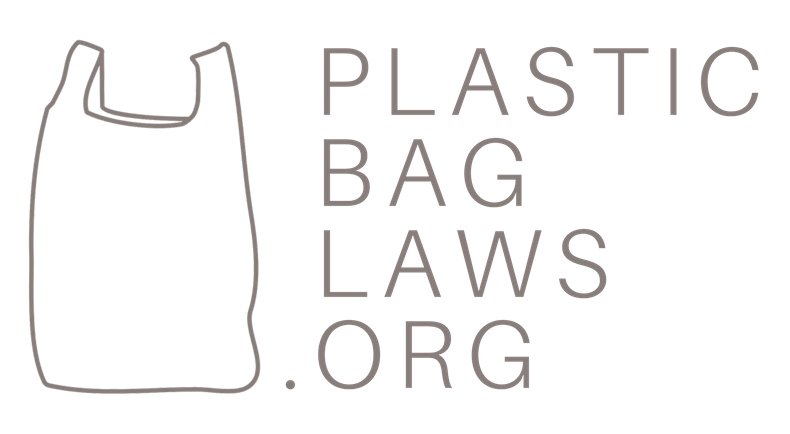City of San Jose Releases "Bring Your Own Bag" Ordinance Implementation Results
The City of San Jose (CA)'s "Bring Your Own Bag" ordinance was implemented January, 1, 2012. With nearly one million residents, making San Jose the third largest city in California and tenth largest city in the U.S., many commentators viewed the City of San Jose's ordinance as having the potential to significantly reduce plastic bag consumption. In a November 2012 memorandum, nearly one year after implementation of the ordinance, the City of San Jose demonstrates that the ordinance has already been successful in reducing plastic bag consumption as well as plastic bag litter. Specifically, the memo stated that “Numerous staff surveys, observations, and enforcement efforts demonstrate that the Bring Your Own Bag Ordinance has been successful at affecting community norms towards shopping with reusable bags and reducing single-use plastic bag litter in City creeks and streets.” Reports such as this that document the efficacy of plastic bag reduction ordinances are very important to include on the public records of other jurisdictions considering similar ordinances to help defeat arguments by plastics industry groups (namely Save the Plastic Bag Coalition) that claim that such ordinances could potentially harm the environment. More specifically, reports like this one are important to show that second generation plastic bag bans - bans that include a minimum charge for paper (and sometimes reusable) bags - are effective in reducing single-use bag consumption overall, including reducing paper bag consumption.
For another example of these types of reports, click here for a blog post about LA County's ordinance which lead to an overall single-use bag use reduction of 95% (including a 30% reduction in single-use paper bags).
Click here for the City of San Jose's full "Bring Your Own Bag" Ordinance Memo.
The most relevant portion of the memo is pasted below & click here for an updated matrix of plastic bag ordinances that was provided as an exhibit to this memorandum.
To measure the impact of the ordinance on litter reduction, the City conducted litter surveys of trash collected from creeks and rivers, storm drain catch basins, and neighborhood sidewalks. Litter surveys of creeks were conducted over a standardized length of 300 feet and along streets and sidewalks for a length of 100 feet. Trash collected during litter surveys was sorted and characterized to establish what percentage of the litter found in the environment was single-use plastic bags. Similarly, storm drain catch basins, retrofitted with trash capture screens, were repeatedly sampled in order to establish an accumulation rate for plastic bags into the storm drain system. As summarized in Table 1, the ordinance had an observable effect on the reduction of plastic bags in the environment. The various litter surveys demonstrated a reduction in bag litter of approximately 89 percent in the storm drain system, 60 percent in the creeks and rivers, and 59 percent in City streets and neighborhoods, when compared to data collected from 2010 and/or 2011 (pre-ordinance) to data from 2012 (post-ordinance).
To assess behavior change in bag use, City staff conducted visual observations of customers at retail stores before and after the ordinance went into effect. City staff observed shoppers leaving selected retail stores for one hour and counted the number and type of bags, or absence of a bag, that customers used to carry their purchases. Visual observations were made at a variety of store types, including grocery stores, pharmacies, and general retailers in different San José neighborhoods at the same stores both before and after implementation of the BYOB Ordinance. Observation records show that reusable bag use increased greatly following the implementation of the ordinance, from almost 4 percent of bags observed to approximately 62 percent of bags observed. In addition, the percentage of customers that chose not to use a bag, and instead carry items by hand, more than doubled. The overall impact was that the average number of single-use bags used per customer decreased from 3 bags to 0.3 bags per visit following the implementation of the ordinance. Results from store observations reflect that the ordinance has had the intended effect of reducing the use of single-use bags.
The three recycling companies that operate material recovery facilities that sort San José’s residential recycling were asked to monitor the volume of plastic film, or retail plastic bags, that were collected at their facilities following implementation of the ordinance. Although not all three facilities exclusively handle waste and recyclables from San José, two of the three companies noted a distinct reduction in the volume of plastic film and plastic retail bags. California Waste Solutions (CWS), which collects the recycling for 80 percent of San José single family residential properties, reported a 24 percent reduction in retail plastic bags, and Green Waste Recovery, which processes waste from multi-family properties for recycling, reported a 10-15 percent decline in the volume of plastic film. CWS also reported a significant reduction in the amount of plastic bags/film wrapped around the discs and axles on the screening machines, and 35-50% reduction in downtime directly associated with the reduced presence of plastic bags/film coming into their facility. San José’s third recycling facility, GreenTeam, which handles only 23 percent of the City’s single family recyclables has not seen a noticeable reduction in incoming plastic film or plastic bags. GreenTeam’s facility also handles material from the cities of Campbell, Los Gatos, Monte Sereno, and Saratoga. It is possible that changes in incoming volumes of plastic bags are less apparent because of the materials coming in from other cities that do not yet have bans in place.
